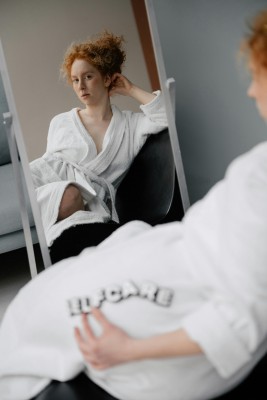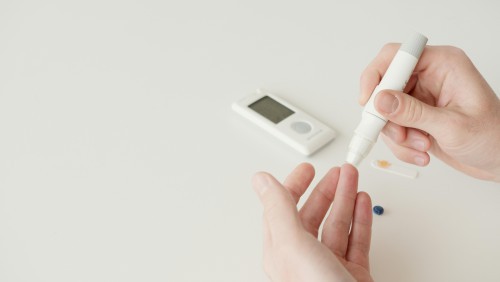Brazilian Waxing and vaginal health, everything you need to know
Views:2896 |
By:
Lenah

Brazilian waxing has become increasingly popular—hailed for its clean, smooth results and even glamorized by pop culture. For many women, it’s part of their regular beauty routine. But beneath the trend lies a reality we don’t talk about enough: Brazilian waxing can come with serious risks to vaginal health.
This post isn’t to shame anyone who chooses to wax—your body, your rules. Rather, it's an invitation to be informed, aware, and intentional with how we care for the most intimate parts of ourselves.
1. Irritation Isn’t Just a Minor Side Effect
After a Brazilian wax, it’s common to feel tenderness or redness. But for some, the irritation can escalate—leading to burns, blisters, or persistent itching. The skin around the vulva and labia is delicate and sensitive, and repeated waxing may strip away protective layers, making it vulnerable to more than just discomfort.
2. Infections Can Happen—Even at "Clean" Salons
Waxing causes tiny tears or openings in the skin, creating entry points for bacteria, fungi, and viruses. This can result in:
Folliculitis (infected hair follicles)
Yeast infections from disrupted skin flora
Even increased risk of STIs if exposed to infected fluids before the skin fully heals
Hygiene at the waxing parlor matters, but so does aftercare and timing. Waxing right before intimacy, swimming, or during your period may raise your risk.
3. Skin Damage Is More Common Than You Think
It’s not rare for women to experience:
Skin tears or abrasions around the labia
Hyperpigmentation (dark spots) from repeated trauma
Scarring—especially if ingrown hairs or infections are picked at or untreated
These aren’t just cosmetic concerns—they can affect comfort, confidence, and long-term skin health.
4. The Pressure to Wax Can Be Harmful in Itself
There’s growing pressure—social, romantic, and even internal—for women to look a certain way “down there.” But it’s worth pausing to ask: Am I doing this for myself, or because I feel I have to?
The reality is: pubic hair exists for a reason. It helps reduce friction, protects against bacteria, and supports natural moisture levels. Total removal isn’t always what’s best for our bodies.
If You Choose to Wax, Protect Yourself
If waxing is your preferred method, here’s how to minimize risks:
Go to a licensed professional with excellent hygiene practices
Avoid waxing during your period (skin is more sensitive)
Wear loose, breathable underwear after waxing
Wait at least 24–48 hours before sex or swimming
Never wax if you have open cuts, infections, or skin conditions in the area

 How to Track Irregular Periods
How to Track Irregular Periods  The Shocking Truth About Reversing Diabetes
The Shocking Truth About Reversing Diabetes  What Many Don’t Know: Hormonal Changes in Women in Their 30s and After Birth
What Many Don’t Know: Hormonal Changes in Women in Their 30s and After Birth  How to Cycle Sync Your Periods for Better Health and Balance
How to Cycle Sync Your Periods for Better Health and Balance  5-Minute Daily Health Boost Routine
5-Minute Daily Health Boost Routine